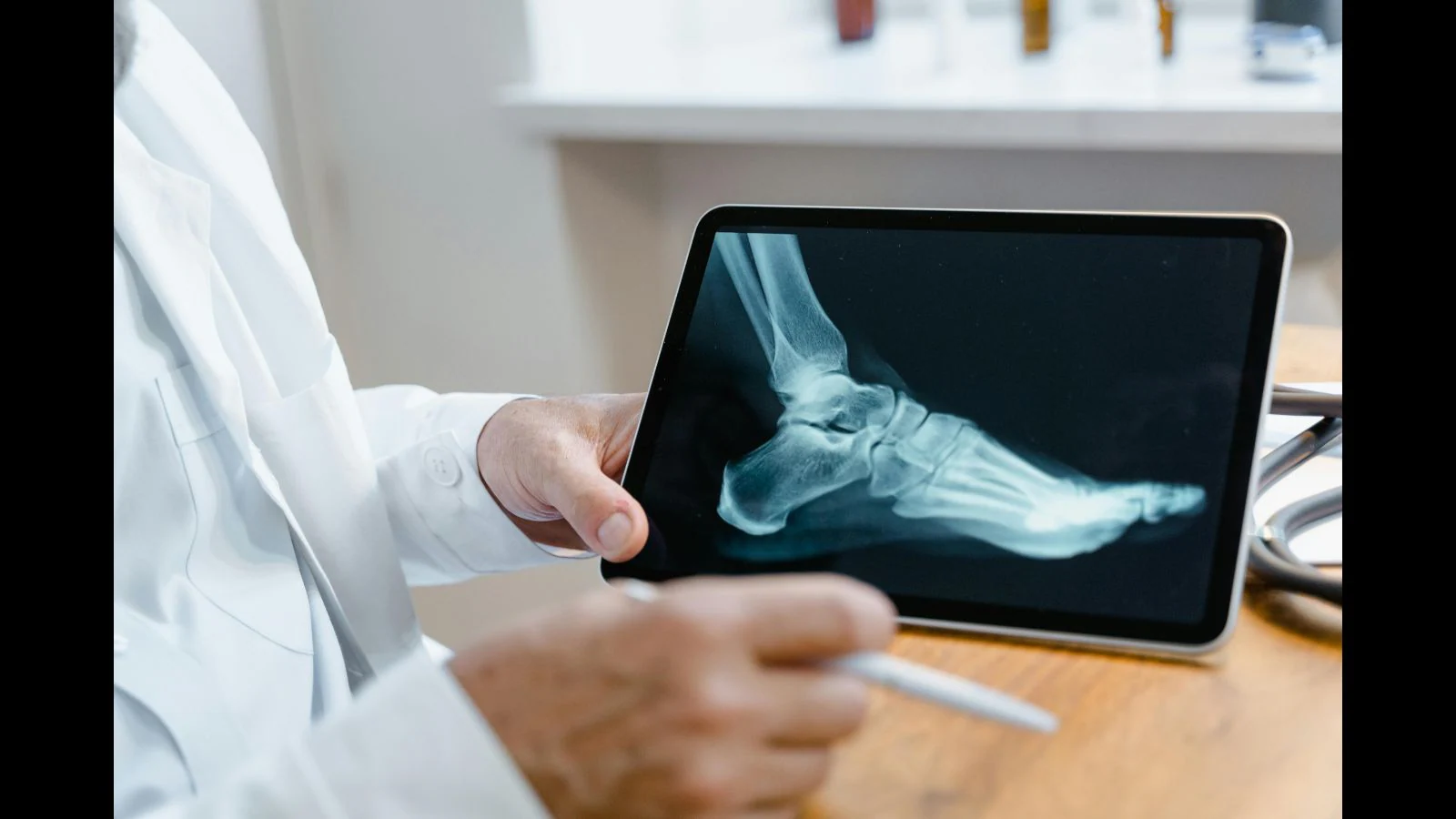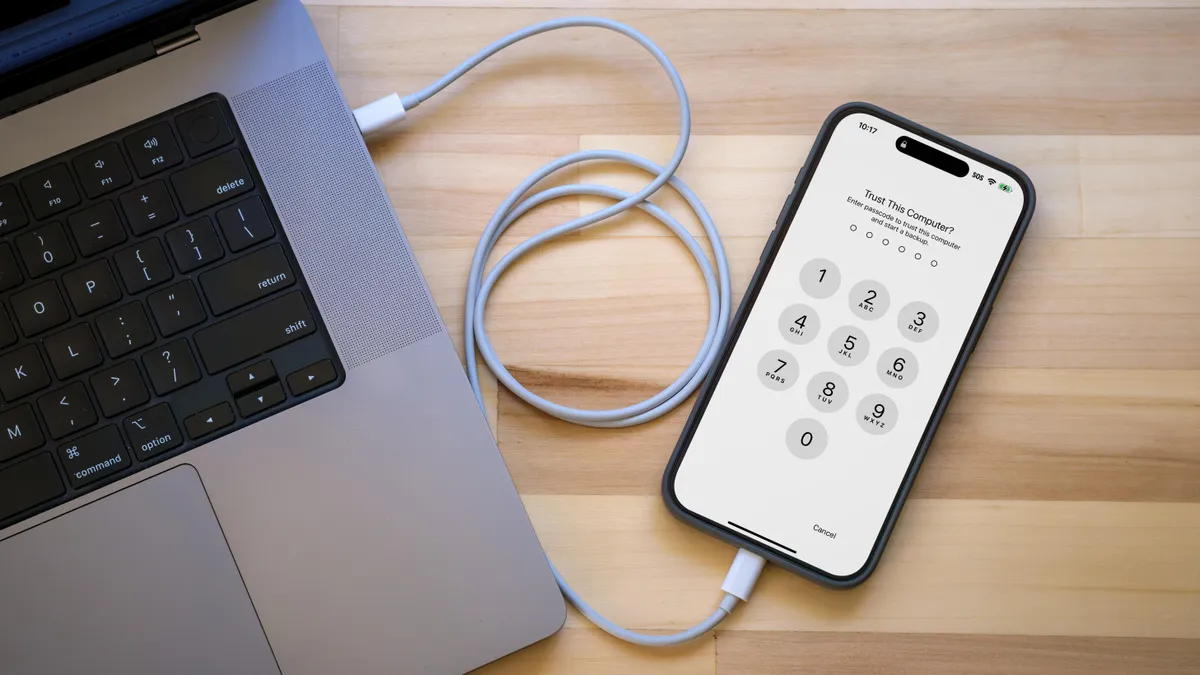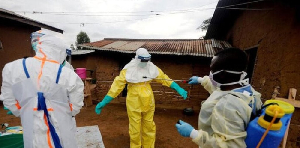By Apoorva Misra,Himani Chandna,News18
Copyright news18

Heart attacks became the face of post-Covid-19 complications, a grim reminder that the effects of coronavirus didn’t leave once the fever broke. But beneath the noise of cardiac emergencies, another silent fallout has been gnawing away at young bodies—avascular necrosis (AVN) or “bone death”—which is increasingly being diagnosed in young and middle-aged adults.
After Covid-19, many people are coming back to hospitals with serious bone and joint problems. Doctors are seeing weak bones that break easily, long-lasting hip pain due to dying bone tissue, and even abnormal bone growth in muscles among patients who spent long periods in the ICU or took moderate to heavy doses of steroids.
Doctors warn that beyond the heart and lungs, the pandemic has left behind several bone diseases, especially avascular necrosis or AVN of the hips. Orthopaedic specialists across leading hospitals told News18 about “a sharp rise” in AVN cases in the aftermath of Covid-19, particularly among patients in their 20s, 30s and 40s who had no previous bone problems.
According to medical journals, steroid administration remains the most consistent reason among those developing the condition. Even limited high-dose courses, as used in Covid-19 treatment, increase the chance of developing the disease.
A Hidden Complication
According to orthopaedic specialists, they are seeing a sharp rise in AVN cases after Covid-19, particularly among patients in their 20s-40s who had no prior bone problems. These were otherwise healthy individuals, but months after recovering from Covid-19, many returned with crippling pain in their hips and joints.
The condition occurs when blood supply to the bone is restricted, causing tissue death, most often in the hip joint. Traditionally, it was linked to older age or long-term steroid use. But doctors say the pandemic has redrawn the profile.
“We are now seeing AVN in people as young as 30, even those with no prior bone issues,” said Dr Arvind Mehra of Paras Health, Gurugram. He explained that high doses of steroids, used as life-saving treatment during Covid-19, are among the major triggers. “We have seen a significant increase in the incidence of avascular necrosis (AVN) after Covid-19, specifically among patients who had moderate to serious infections.”
Similarly, orthopaedician Dr Sharan Shivaraj Patil, chairman of Bengaluru-based chain of hospitals Sparsh, told News18 that incidence of avascular necrosis of hips has “gone through the roof”. “The incidence of avascular necrosis of the hips has gone through the roof. In this condition, the hip collapses. In the past, we never saw such a high need for hip replacement or surgical intervention, even in young patients. But due to the indiscriminate use of steroids during Covid-19, we are now witnessing an unprecedented rise in bone diseases.”
Symptoms: Pain That Doesn’t Go Away
For most patients, the symptoms begin as a nagging discomfort in the hip or thigh. Over time, the pain becomes sharper, restricting walking, climbing stairs, or even sitting cross-legged. Early scans often miss it, which means diagnosis is delayed until the damage worsens.
“Patients usually come with chronic joint pain, particularly in the hips, knees, or shoulders. The pain usually begins as slight discomfort but gradually increases and can restrict movement. Early on, it might not appear on normal X-rays, so an MRI is usually required for proper diagnosis,” Mehra explained.
“Symptoms usually show up three to six months after Covid-19,” said Dr Bharat Goswami of Fortis Hospital, Greater Noida. “By then, many patients are already limping or unable to bear weight properly. Pain begins in or around the hip (groin region), thigh, and buttocks and sometimes radiates to the knee.”
Surging Bone Illnesses
“Middle-aged patients who were treated aggressively with steroids are now coming back with severe hip problems,” said Dr Sahil Gaba of Amrita Hospital, Faridabad. “This is worrying because it affects people in their most productive years.”
Gaba noticed that many patients, months or even years after recovering from the infection, are now coming forward with musculoskeletal problems. “Osteoporosis, fragility fractures, avascular necrosis (AVN) and heterotopic ossification (HO) are top conditions impacting people post-Covid-19.
In osteoporosis, he said, patients report generalised bone pain, reduced mobility, and in some cases fractures even after minor falls or injuries. “Studies have now shown that long-term steroid use during Covid-19 treatment can accelerate bone density loss, leaving patients vulnerable.”
In fragility fractures, people suffer “sudden fractures in weak bones, particularly of the hip and spine, which can occur without any major trauma”. For an older adult, he said, even a simple act like bending or slipping slightly may cause a severe fracture.
The condition called heterotopic ossification (HO) is seen in patients who have had prolonged ICU admissions. “This condition presents with painful stiffness in joints and sometimes hard lumps near the affected area. It happens when bone tissue starts forming in places where it shouldn’t, like muscles or tendons.”
Not Just the Elderly
The pandemic has created two distinct groups of bone patients. Older adults are facing accelerated osteoporosis and fragility fractures—bones so weak that even a small slip can cause breaks. But among younger adults, AVN has become the standout concern.
Mehra from Paras told News18 that he is seeing AVN in individuals between 30 to 55 years of age “which is younger than the traditional demographic”.
“We have witnessed AVN in even younger patients, even up to those in their 20s and early 30s. The underlying connection was a history of Covid-19 infection followed by steroid therapy, accompanied by periods of sedentary rest and inadequate nutrition, which could have hastened the compromise of bone.”
Why Timing Matters
Treatment depends entirely on how soon AVN is diagnosed. In the early stages, procedures like core decompression can save the natural hip joint. But if the bone collapses, a total hip replacement becomes unavoidable. That is particularly challenging for young patients, since artificial implants have a lifespan of only 15–20 years.
“Early detection is critical,” Mehra stressed. “If caught on time, we can preserve the joint. Delay often means replacement surgery at a much younger age than we ever expected.”
Cardiac complications after Covid-19 have been widely discussed. However, doctors caution that bone health risks are becoming a silent epidemic.
“Covid-19 didn’t just leave scars on the lungs or the heart—it also damaged bones,” said Gaba. “We are now seeing the aftershocks in clinics every week.”
What Scientific Evidence Says
According to the Journal of Orthopaedic Surgery and Research, it is possible that even time-limited high-dose corticosteroid administration in patients with severe Covid-19 infection increased the incidence of AVN. “The mean time elapsed from Covid-19 infection to the development of symptomatic AVN was approximately 80 days. Given the high risk of bias in all the included studies, the quality of recommendations of the present investigation is low, and no reliable conclusion can be inferred.”
Another study demonstrated that cumulative steroid dose is the primary determinant of Osteonecrosis of the femoral head (ONFH) severity in post-Covid-19 patients. “Additionally, the combined use of corticosteroids may accelerate the onset of ONFH, highlighting the need for cautious steroid management in Covid-19 patients.”
In simple words, the femoral head is the round top part of the thigh bone (femur) that fits into your hip socket. In ONFH, the hip bone “dies” from lack of blood flow, leading to pain and joint damage.
Similarly, a study published in the MDPI journal found that “many studies have primarily focused on the short-term effects of COVID-19 on bone and/or joint health.”
It found that short-term bone loss is anticipated in individuals on prolonged bed rest and those treated with corticosteroids, and is also commonly observed in severe cases of Covid-19. “Prolonged immobility reduces mechanical loading on bones, leading to accelerated bone resorption and decreased bone formation, which has been well-documented in studies involving hospitalised or bed-bound patients.”
“Additionally, corticosteroids, such as dexamethasone and prednisone, are frequently administered to manage severe Covid-19 symptoms; however, they are known to induce bone loss by impairing calcium absorption, increasing calcium excretion, and inhibiting osteoblast function.”
Hence, these factors contribute to a heightened risk of osteoporosis and fractures, emphasising the need for careful management of bone health in these patients.



